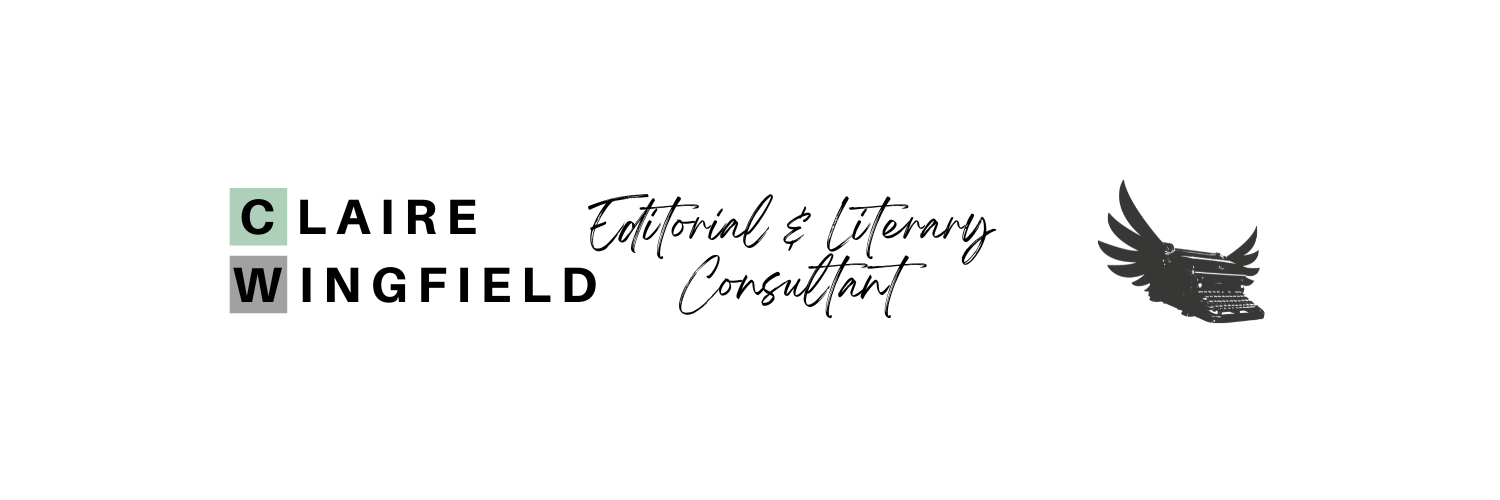Making a book for personal use
If you’ve ever wondered how you might go about making a book for your own personal use, this article is for you.
In my work as an editor and publishing consultant, I often work with people who want to write and publish a book just for themselves, their family and friends. Examples have included a family history (a book is an excellent project to work on across the generations together), a book of travel adventures, a memoir and the story of the authors’ pets.
With a little creativity, care and thought plus today’s print-on-demand technology, it is possible to produce a book to professional standards for your own personal use, that is entirely unique to you.
Of course, the first part is planning and writing your book. I’m assuming if you’re reading this, you have an idea for your book and possibly some written material.
Stage 1: Writing
Here’s some of the steps and activities I’ve used on personal use writing and publishing projects to help people structure, organise and finish their books:
Consider starting with some literary research. Have some fun reading several published books that do something similar to what you are trying to achieve. A helpful exercise is to list the ‘ingredients’ of the opening 3 or 5 chapters of the books. It can be inspiring to see what overlaps with your own experience or where what you are writing about appears to be unique. It’s also helpful to think about the way these books have organised their material.
Create a simple outline of your book. In what order will you reveal the narrative or information? You might work with index cards or post-it notes to move around the structure of the book. It is always an interesting challenge to consider how moving an element in your book would impact the rest.
Create a writing habit by setting out some time each week or day to work on your book. If you miss a slot, make it up at the earliest opportunity. To keep motivated, try varying where you write. At your desk, in the garden, in a café or museum.
Visit locations that feature in your book or inspire you in some way for writing or research. My book ‘52 Dates for Writers’ contains a wide variety of writing prompts for writing away from your desk.
Use the photos or images that might appear in your book to prompt your writing. Note, if you are planning to produce your work in book format, don’t add any images or photos to your Word document. Instead, keep these in a folder to be added at the typesetting stage. All images would need to be set to 300dpi for printing. In the manuscript, you can note in square brackets where each image should appear. E.g. [add image of pear tree near this paragraph].
Sometimes a collaboration is needed. Consider working with an editor or writing mentor to help you craft your book, or see who else in your family or friends might enjoy taking on a role.
Once you have your first draft, you’ll want to proofread it carefully, ready for typesetting.
Remember to add any ‘beginning or end matter’. This is the chance to write any acknowledgements or introductory notes to the book – or anything else you’d like. You can be creative here – looking at the supplementary material in a range of published books can inspire.
Stage 2: Book production
If you’d like to be able to order copies of your manuscript in book format, the easiest way to do this is to use a Print-on-Demand company such as Ingram Sparks, where is possible to set a book up for printing from your account only (rather than accessing the book distribution system). You can then order books in the exact quantity needed, including repeat orders, as long as your account remains open with the files uploaded. This will be a more cost-effective option than commissioning a printer to print a batch in one go. It is also more forgiving and low stress, as you can check a first printed copy, make tweaks, and reupload the files if necessary.
Your Word document will need to be typeset and formatted to the requirements of Ingram Sparks or any company you are using to print the books.
You will also need a cover, formatted to Ingram Sparks’ requirements. Don’t forget to write some text for the back cover! It can be fun to come up with a publishing house name to add to the book’s spine and back.
Once you have the cover file and typeset interior file, these can be uploaded to Ingram Sparks (or whatever company you are using). There is a short delay after upload, where Ingram Sparks check the files are compatible to their requirements. You will then be sent a link to view an ‘eproof’ of the book. Once you have checked and approved this, the book will be available to order from your account and you can order a first copy for checking. You may decide to make a round of amendments after viewing this first printed proof. (It is usual to spot a typing error or several, or to find other changes you’d like to make. Seeing the book printed often allows us to view it in a different way and different matters stand out for attention.)
After this, you can order your copies for reading and sharing, in the quantities and at the times that suit you.
If reader feedback later convinced you of the sales potential of your book and you wanted to make your book available for distribution, you would need to apply for an ISBN (Nielsen UK ISBN agency for readers in the UK) and add this to the cover and book set-up page. On the cover, the ISBN will feature in the form of a bar code.
Claire Wingfield offers support with all aspects of writing and publishing your book, including creating a typeset and cover to the necessary requirements, editing and/or proofreading your manuscript, and completing all the technical backend work.

